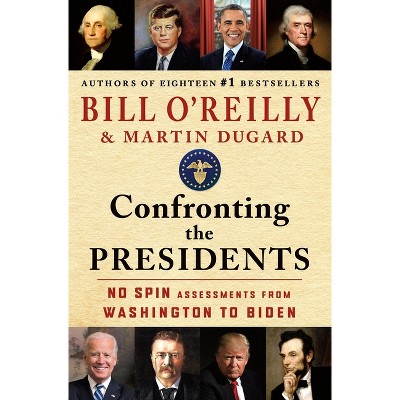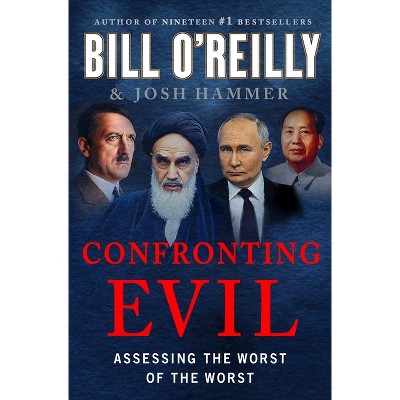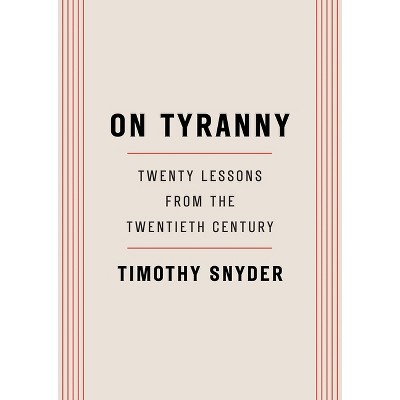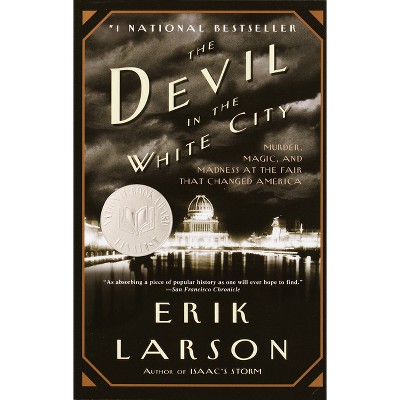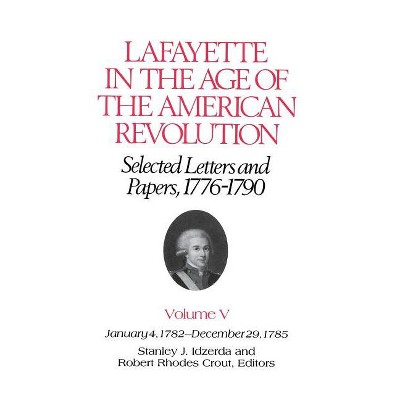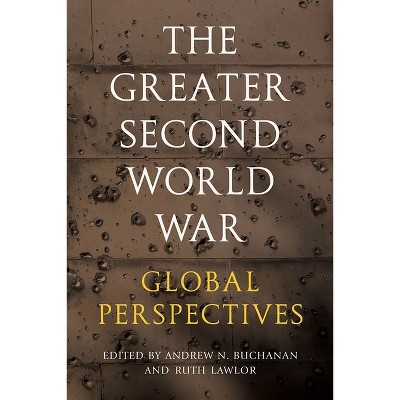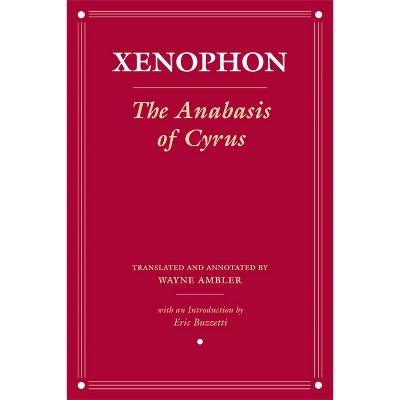About this item
Highlights
- What path led Americans to Vietnam?
- About the Author: Andrew J. Rotter is Professor of History at Colgate University.
- 304 Pages
- History, Military
Description
About the Book
Andrew Rotter uncovers and analyzes the surprisingly complex reasons for America's fateful decision to provide economic and military aid to the nations of Southeast Asia in May 1950.
Book Synopsis
What path led Americans to Vietnam? Why and how did the United States become involved in this conflict? Drawing on materials from published and unpublished sources in America and Great Britain, historian Andrew Rotter uncovers and analyzes the surprisingly complex reasons for America's fateful decision to provide economic and military aid to the nations of Southeast Asia in May 1950.
Review Quotes
A well-documented and sound addition to an understanding of the economic and diplomatic factors that explain our ascending commitment to Vietnam in the early postwar period.
-- "Journal of American History"The great merit of Rotter's work lies in his demonstration of how the commitment to supporting the French in Indochina was connected to the economic reconstruction of Europe and Japan as essential elements of containment.
-- "Foreign Affairs"The United States became committed to a non-Communist Vietnam on May 1, 1950, when President Truman allocated $10 million in military aid to French fndochina. In this persuasive, richly documented study, Rotter analyzes why the Truman administration took that momentous step.
-- "Choice"About the Author
Andrew J. Rotter is Professor of History at Colgate University.
Shipping details
Return details
Trending History
